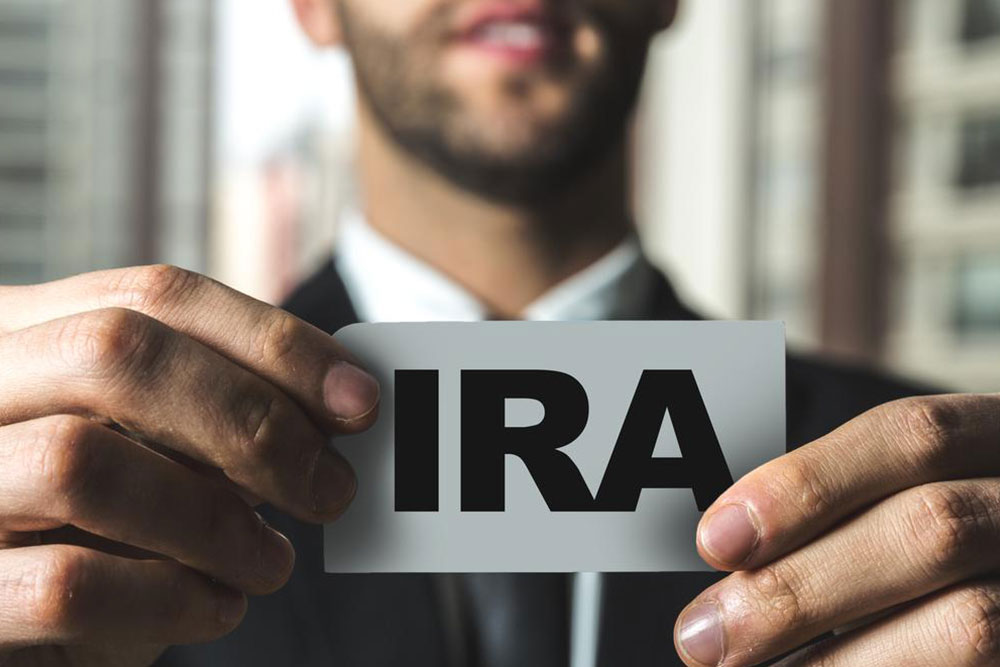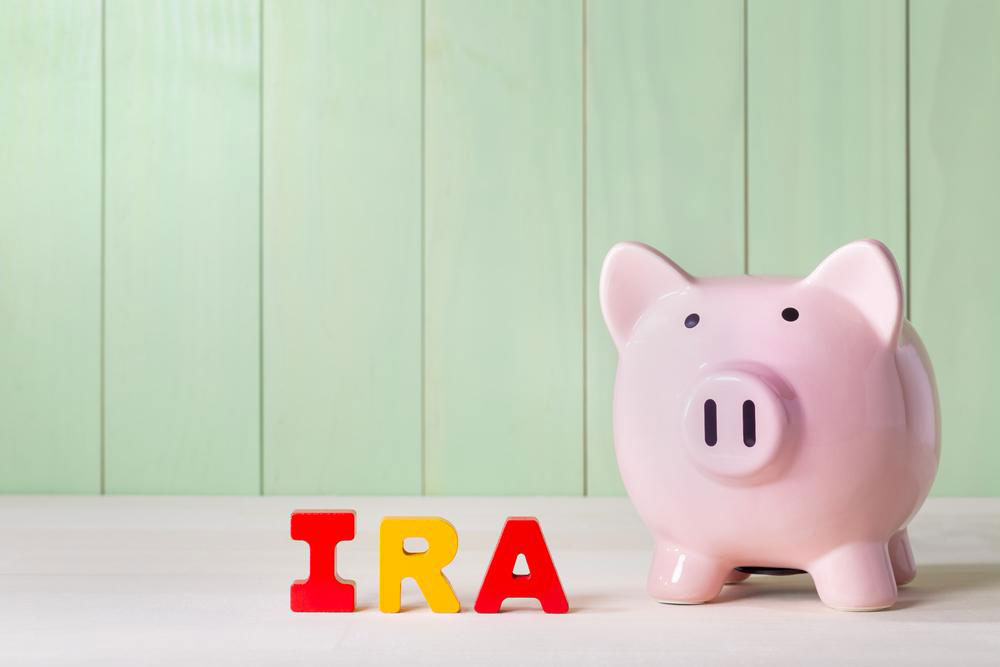Comprehensive Guide to Rollover IRA Options and Effective Strategies
This comprehensive guide explores the essential aspects of Rollover IRA options, including transfer methods, tax advantages, and strategic tips to optimize retirement savings. Discover how to smoothly transfer your retirement funds from previous plans to new IRAs with minimal tax impact, ensuring your financial future remains secure. The article offers detailed insights into direct rollovers, trustee-to-trustee transfers, and 60-day rollovers, along with IRS rules to navigate the process effectively. Suitable for investors managing their retirement planning independently, this guide empowers you to make informed decisions for a financially stable retirement.

Comprehensive Guide to Rollover IRA Options and Effective Strategies
A key component of your retirement planning involves understanding the various types of Individual Retirement Accounts (IRAs), which include a broad spectrum of investment options such as stocks, bonds, mutual funds, and specialized retirement savings accounts. IRAs serve as essential tools for accumulating and managing retirement funds, allowing individuals to systematically save and allocate assets to ensure financial stability during their retirement years. The primary types of IRAs are Traditional, Roth, SIMPLE, and SEP IRAs, each with distinct features and tax implications.
Among these, the Rollover IRA stands out as a strategic financial vehicle that enables individuals to transfer retirement savings from old IRAs or employer-sponsored plans—like 401(k)s—particularly when changing jobs, retiring, or seeking to consolidate their retirement accounts. This transfer process helps preserve favorable tax advantages and simplifies overall retirement management, ensuring that your savings remain protected and accessible for your future plans.
A significant advantage of opting for a Rollover IRA is the potential for tax benefits. Taxes are generally deferred until you make withdrawals during retirement, allowing your investments to grow tax-deferred, which can substantially enhance your savings over time.
Understanding the Three Main Rollover Methods
Direct Rollover
This method involves your former employer’s plan administrator transferring your retirement funds directly to your new IRA account. This process is seamless and typically incurs no withholding taxes, allowing for a smooth transfer and avoiding unnecessary tax penalties.
Trustee-to-Trustee Transfer
Similar to the direct rollover, this process involves the financial institutions handling your funds transferring them directly from one trustee to another. It offers a secure way to move your retirement assets without triggering tax obligations or penalties.
60-Day Rollover
Under this process, you receive a lump-sum distribution from your previous retirement account and must redeposit the same amount into a new IRA within 60 days. Failure to complete this rollover within the specified period may result in taxes and potential penalties. It’s crucial to plan carefully to avoid unnecessary tax liabilities.
It’s important to note that IRS rules restrict you to executing only one rollover per 12-month period between the same accounts, though there are exceptions such as conversions from traditional to Roth IRAs or trustee-to-trustee transfers. When managing your retirement assets, carefully weigh your options—whether choosing a traditional IRA or a Roth IRA—to ensure seamless and tax-efficient management. For those handling their investments independently, online brokers and robo-advisors present excellent alternatives, offering automated, algorithm-driven strategies that optimize investment choices efficiently and reliably, making retirement planning accessible and effective for everyone.





